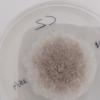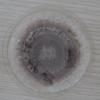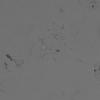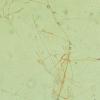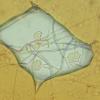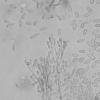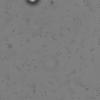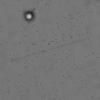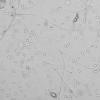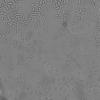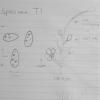
25-08-2025 17:37
 François Freléchoux
François Freléchoux
Bonjour,Nous avons trouvé samedi dernier à l'ét

20-08-2025 19:04
Ethan CrensonHello, This asco was found on the same wood as my

22-08-2025 08:41
Masanori KutsunaHello.Can anyone help me to get this article?Liu H

21-08-2025 02:18
Stefan JakobssonOn a necrotic section of a living Tilia cordata I

Hi, I found small white-cream colonies on decaying seeds of Washingtonia, which I cultured. The resulting colonies where fluffy ash-white with a widespread maube-violet central zone. Under the microscope, the first thing that was stricking was the irregular size of the spores, ranging from 5 to 10um long. Spore dimensions from pixmetere:
(5.7) 6.4 - 9.6 (10.4) × (3.3) 3.4 - 4.9 (5.9) µm
Q = (1.5) 1.6 - 2.2 (2.7) ; N = 27
Me = 8 × 4.2 µm ; Qe = 1.9
The spores were terminal, solitary on undifferentiated hyphae, similar to the mycelium, but sometimes they appeared to be in small clusters, and occassionally I saw a penicillate arrangement on very long conidiophore.
I dont know if this is some irregular or not well known Gliocladium sp.

Perhaps this is a member of the Microascaceae. The habitat on decomposing seeds would be common for that family. The conidiophores and hyphae remind me of Scedosporium or perhaps an early stage of a Graphium. Watch for ascomata of Petriella or Pseudallescheria in your cultures.
David

This genus is rather complex forming different reproductive structures - myself I was confused if I have a contamination of two species.
I examined my cultures by taking a film of mycelia from the surface with cellophane tape. I will investigate further down. Pure subcultures are growing fine too. Seems to be a hard one re determination to species!
Thank you for replying and sharing your knowledege!
Important references
http://website.nbm-mnb.ca/mycologywebpages/Moulds/Scedosporium.html
http://thunderhouse4-yuri.blogspot.com/2012/10/scedosporium-prolificans.html



